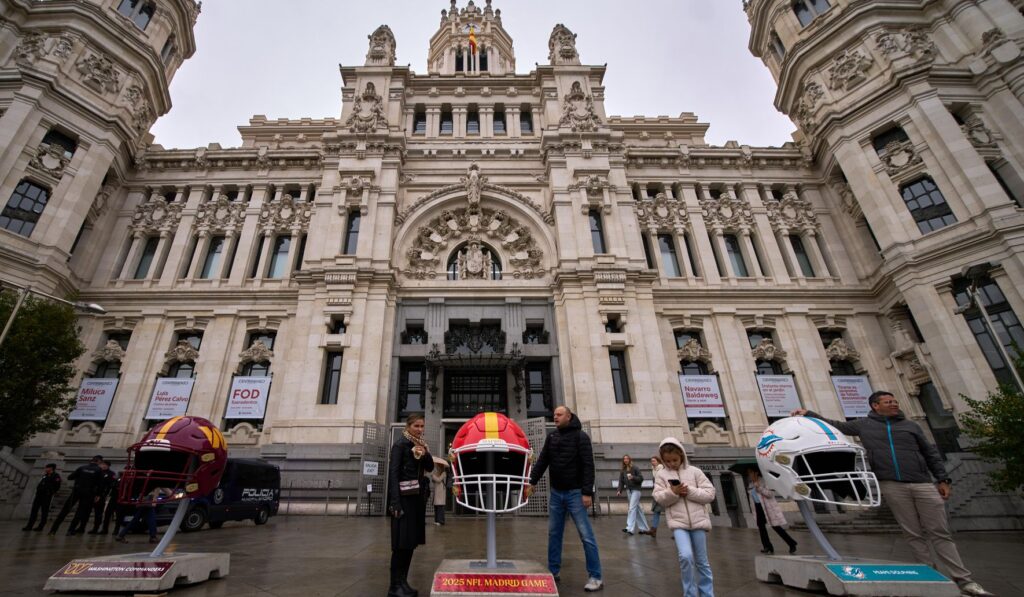Across Europe this year, protests targeting tourists and high-profile figures moved from disruptive stunts to concerted public confrontations, stretching local resources and spotlighting tensions between residents, activists, and the travel economy.
Cities from Barcelona to Rome felt that strain as protesters used theatrics and direct action to make a point about overcrowding and economic inequality. What began as scattered incidents, like playful water gun attacks, evolved into larger demonstrations aimed at tech billionaires and museum staffing disputes. The result was a rolling series of headaches for local businesses and officials trying to balance order and public sentiment.
In Spain, reports of water gun assaults on outdoor diners grabbed headlines and captured the frustration of residents fed up with constant tourist traffic. Those scenes were more than pranks; they were a visible sign that tourism had outpaced local tolerance in several neighborhoods. Businesses saw both the immediate disruption and the longer shadow of reputational risk when visitors feel unsafe or unwelcome.
Italy hosted its own flashpoints, including protests aimed at Jeff Bezos, which highlighted a broader anger with global tech wealth and perceived corporate indifference. Those demonstrations mixed symbolic gestures with real demands about corporate responsibility and the social cost of concentrated capital. Local leaders had to juggle protecting high-profile visits while making modest concessions to protestors to avoid escalation.
In France, museum-staffing revolts exposed another layer of the tourism debate: the workers whose jobs depend on steady visitor flows often feel ignored by both management and tourists. Strikes and staffing shortages reduced hours and dampened the cultural draw that cities rely on. For residents, losing regular access to institutions they pay for through taxes adds a personal edge to the anger aimed at outsiders.
Economic reality is blunt: tourism supports jobs and tax revenue, but unchecked tourism can erode the daily life of a city and turn locals against the very industry that supports them. That tension creates a ripe environment for activists to frame tourists as the problem rather than the symptoms of policy failures. When governments fail to manage numbers and behavior, the backlash finds theatrical outlets and tactical targets.
From a conservative viewpoint, the core problem is not tourists; it is weak governance and a failure to enforce clear rules that protect residents and businesses alike. Public order matters for prosperity, and when cities tolerate lawlessness, everything from family dining to museum visits suffers. Effective local policy should push back on disruptive behavior while preserving the economic benefits tourism provides.
Practical steps can start with sensible enforcement of existing laws, stricter penalties for coordinated harassment, and clear public messaging that parks and plazas are for residents and visitors who respect local norms. Local officials should make permit systems enforceable and fast to process so peaceful protest can coexist with everyday life. That combination reduces incentives for guerrilla tactics and cuts off the spectacle that fuels copycat actions.
Equally important is targeted investment in infrastructure that absorbs visitor flows without overwhelming neighborhoods, such as better transit links and diversified cultural programming outside core hotspots. Spreading visitors to underused sites helps local economies beyond the downtown corridor and reduces pressure on fragile neighborhoods. Tourism boards and city planners must stop pretending growth alone is a policy and start managing the impact of visitors responsibly.
Leaders also need to make a case for civility. Cities that protect property rights and public order attract higher-quality visitors and sustain repeat travel. When mayors and police prioritize safe streets and reliable services, residents see the upside of well-managed tourism and are less tempted to take disruptive action themselves. That stability is good for small businesses and for the image cities sell to the world.
At the same time, protests are signaling real grievances that deserve local solutions, not easy dismissals by elites or blanket hostility to visitors. Negotiations with cultural workers, clearer contracts for museum staffing, and locally controlled tourist caps during peak times show that governments can both respect residents and keep the economy moving. A pragmatic balance honors the rights of citizens and the needs of businesses.
The recent flare-ups across Europe are a test of civic institutions and political will. Cities that respond with clear rules, fair enforcement, and smart investments will reduce the appeal of disruptive tactics and restore everyday life for residents. That is the safest path to keeping tourism profitable and communities livable without surrendering to either chaos or knee-jerk exclusionary policies.



